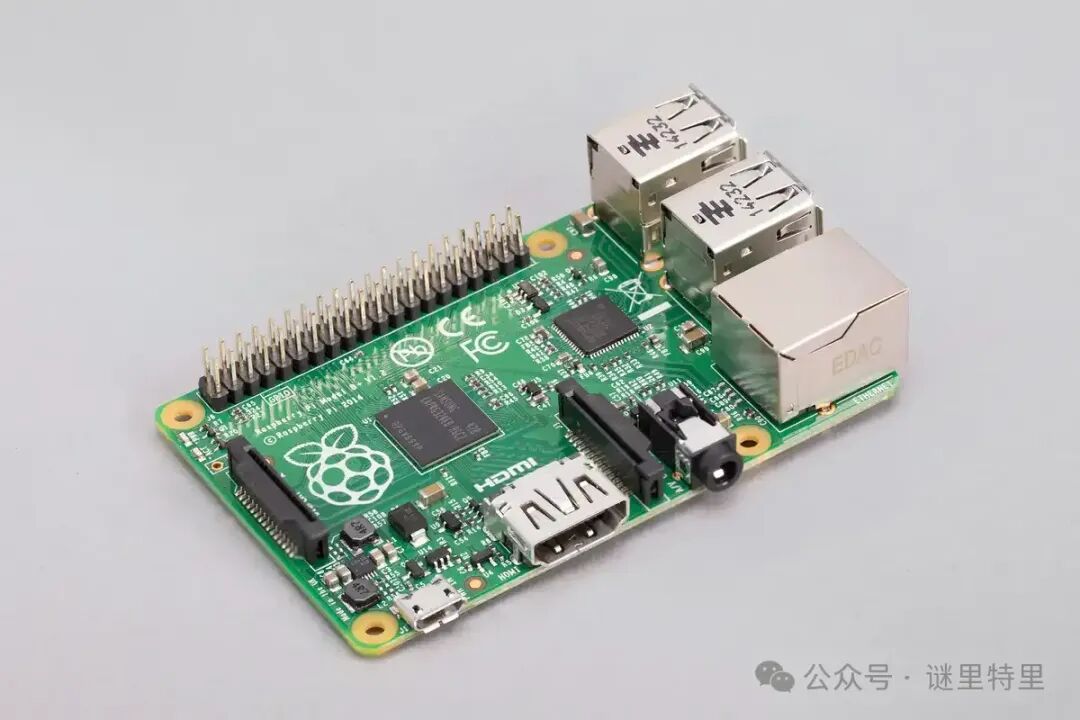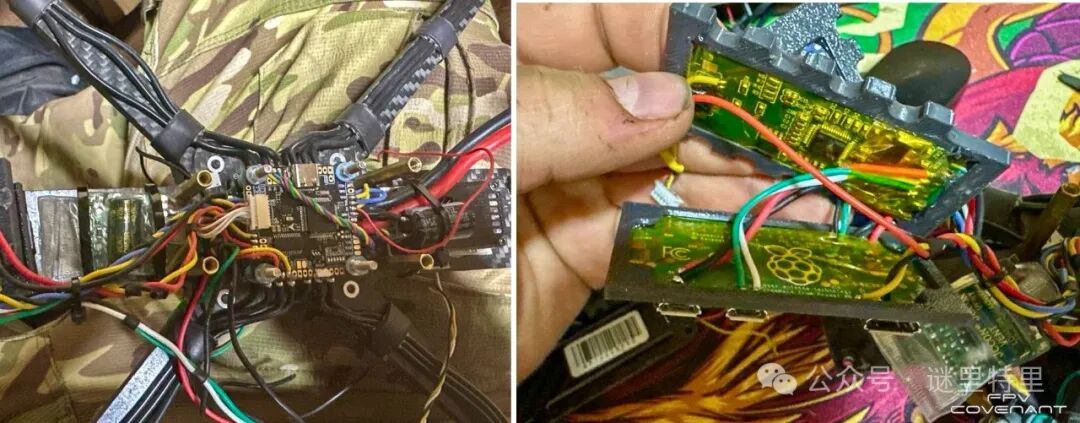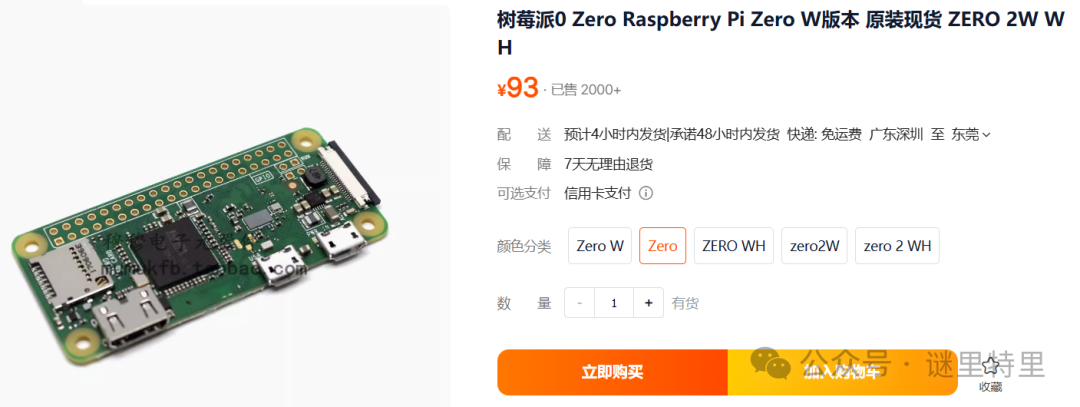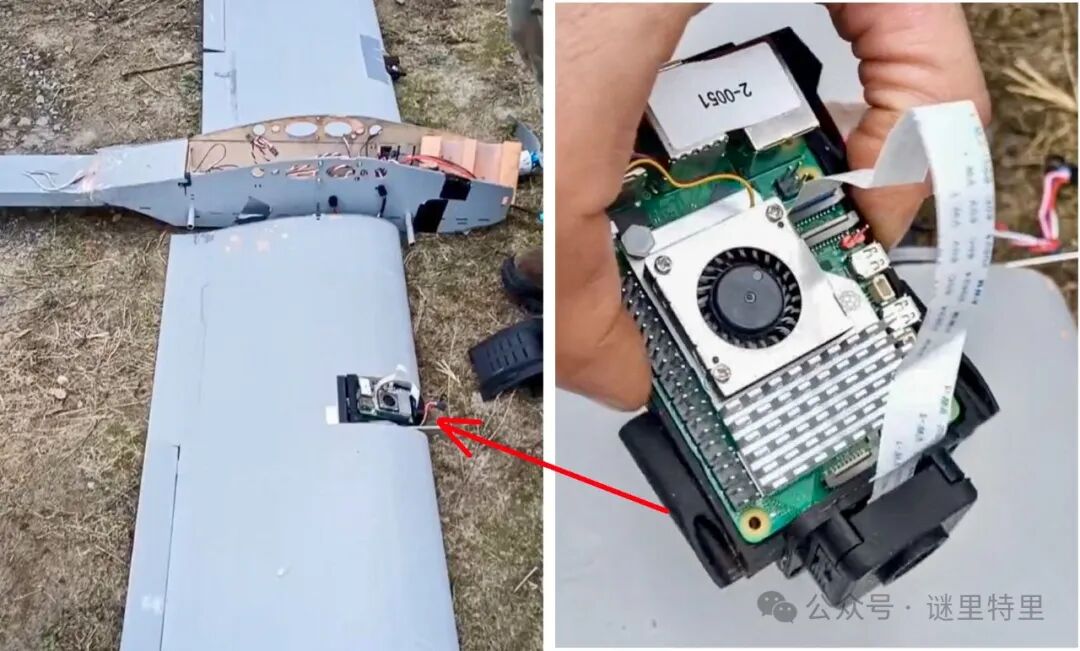Recently, the Russian military discovered Raspberry Pi microcomputers (also known as credit card-sized computers) from the wreckage of Ukrainian drones.The Raspberry Pi was developed under the leadership of Eben Upton from the University of Cambridge in the UK, and is produced by the registered “Raspberry Pi Foundation” in the UK. The Raspberry Pi credit card computer was officially released in March 2012, and is the world’s smallest desktop computer, measuring only the size of a credit card, yet possessing all thebasic functionalities. First Generation Raspberry Pi 1B The Raspberry Pi credit card computer typically runs a Linux operating system, or other systems based on Linux, making it easy for many developers familiar with Linux to get started. Additionally, the Raspberry Pi’s circuit board features numerous GPIO interfaces that can be used to control motors and sensors. Finally, the Raspberry Pi is relatively inexpensive, with the first generation priced at only $35 (approximately 255 yuan), meaning that for a low cost, one can have a small brain to control a drone.
First Generation Raspberry Pi 1B The Raspberry Pi credit card computer typically runs a Linux operating system, or other systems based on Linux, making it easy for many developers familiar with Linux to get started. Additionally, the Raspberry Pi’s circuit board features numerous GPIO interfaces that can be used to control motors and sensors. Finally, the Raspberry Pi is relatively inexpensive, with the first generation priced at only $35 (approximately 255 yuan), meaning that for a low cost, one can have a small brain to control a drone. Ukrainian Drone Equipped with Raspberry Pi Zero This is a quadcopter drone that uses the Raspberry Pi Zero as its control circuit board. The Ukrainian quadcopters are typically operated by pilots via remote control, performing tasks such as close-range reconnaissance, bombing, and suicide attacks. In terms of task types,the performance of the Raspberry Pi Zero is completely sufficient, with a CPU ofBCM2835 (single-core 1GHz) and 512MB of memory, fully capable of battlefield image reconnaissance and data processing.
Ukrainian Drone Equipped with Raspberry Pi Zero This is a quadcopter drone that uses the Raspberry Pi Zero as its control circuit board. The Ukrainian quadcopters are typically operated by pilots via remote control, performing tasks such as close-range reconnaissance, bombing, and suicide attacks. In terms of task types,the performance of the Raspberry Pi Zero is completely sufficient, with a CPU ofBCM2835 (single-core 1GHz) and 512MB of memory, fully capable of battlefield image reconnaissance and data processing. Importantly, the Raspberry Pi Zero has a release price of $5, and while the actual price has increased due to war supply and demand, it remains relatively inexpensive, making it suitable for one-time missions.
Importantly, the Raspberry Pi Zero has a release price of $5, and while the actual price has increased due to war supply and demand, it remains relatively inexpensive, making it suitable for one-time missions. Ukrainian Drone Equipped with Raspberry Pi 5 This is a fixed-wing drone that the Ukrainian military generally uses for long-range attacks on Russian territory. Unlike previous fixed-wing drones, this aircraft is equipped with two of the latest and most powerful Raspberry Pi computers—the Raspberry Pi 5.The Raspberry Pi 5 features a CPU ofBCM2712 (quad-core 2.4GHz) and a maximum memory of 8GB. The advantage of this Raspberry Pi is its ability to run artificial intelligence software, which is often used in the civilian market for edge computing. Edge computing does not rely on the network, depending on its own computing power, providingfaster insights and quicker response times. Based on this, it can be inferred that the Ukrainian military uses the Raspberry Pi 5 as the brain of the drone, training it with artificial intelligence to target attack locations on a map. Once training is complete, the Raspberry Pi 5 can automatically adjust the aircraft’s attitude based on data collected by the camera during flight, achieving autonomous navigation. Traditional inertial navigation suffers from poor accuracy; GPS satellite signal navigation is also easily disrupted by signal interference. AI-based autonomous navigation can overcome these shortcomings. Originally designed as a civilian electronic device, the Raspberry Pi has been repurposed by the Ukrainian military for battlefield use, possibly inspired by previous uses of FPV quadcopters as weapons. Ukraine lacks a robust military industry and cannot manufacture tanks or aircraft, yet in the face of the Russian military’s steel onslaught, it has ingeniously transformed civilian drones and electronic devices into military applications. The use of civilian technology for military purposes, leveraging small resources to achieve significant outcomes, indeed represents an innovation in military history.
Ukrainian Drone Equipped with Raspberry Pi 5 This is a fixed-wing drone that the Ukrainian military generally uses for long-range attacks on Russian territory. Unlike previous fixed-wing drones, this aircraft is equipped with two of the latest and most powerful Raspberry Pi computers—the Raspberry Pi 5.The Raspberry Pi 5 features a CPU ofBCM2712 (quad-core 2.4GHz) and a maximum memory of 8GB. The advantage of this Raspberry Pi is its ability to run artificial intelligence software, which is often used in the civilian market for edge computing. Edge computing does not rely on the network, depending on its own computing power, providingfaster insights and quicker response times. Based on this, it can be inferred that the Ukrainian military uses the Raspberry Pi 5 as the brain of the drone, training it with artificial intelligence to target attack locations on a map. Once training is complete, the Raspberry Pi 5 can automatically adjust the aircraft’s attitude based on data collected by the camera during flight, achieving autonomous navigation. Traditional inertial navigation suffers from poor accuracy; GPS satellite signal navigation is also easily disrupted by signal interference. AI-based autonomous navigation can overcome these shortcomings. Originally designed as a civilian electronic device, the Raspberry Pi has been repurposed by the Ukrainian military for battlefield use, possibly inspired by previous uses of FPV quadcopters as weapons. Ukraine lacks a robust military industry and cannot manufacture tanks or aircraft, yet in the face of the Russian military’s steel onslaught, it has ingeniously transformed civilian drones and electronic devices into military applications. The use of civilian technology for military purposes, leveraging small resources to achieve significant outcomes, indeed represents an innovation in military history.